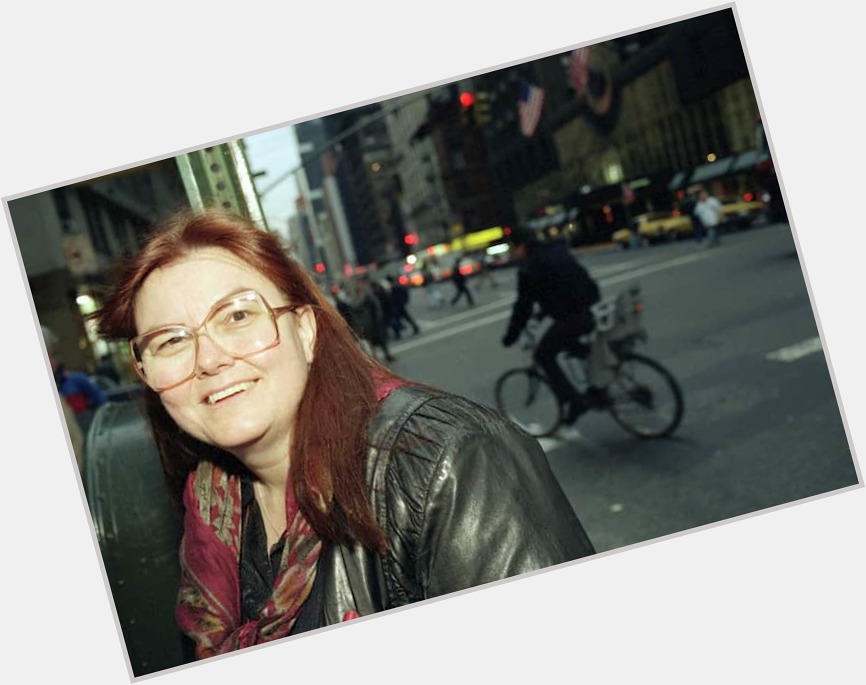

"What may be the central fact of my life" writes Allison, "is that I was born in 1949 in Greenville, South Carolina, the bastard daughter of a white woman from a desperately poor family. Living in a "shame-based" society in which there is "shame about shame and so it remains under strict taboo" (Kaufman, Shame 32), Allison takes decided risks in describing her shameful white trash origins and her experiences of physical and sexual abuse, including the risk of being re-shamed in a mass-media, talk-show culture that often ruthlessly exposes and shamelessly sensationalizes the stories of victim-survivors.Īllison, who remarks that "shame was the constant theme" of her childhood ("Skin" 229), describes her upbringing as a prolonged immersion in shame.

If American culture is often described as competitive and success-oriented, it is also a shame-phobic society in which those who are stigmatized as different or those who fail to meet social standards of success are made to feel inferior, deficient, or both. That there is a "relationship between social formations and structures of feeling" (Fox 14) and that the feeling of shame and the experience of being socially shamed are crucial to the development of a white trash identity are revealed in Dorothy Allison's many public remarks on her white trash upbringing in Greenville, South Carolina, and in her semi-autobiographical novel, Bastard Out of Carolina. Referring to whites who live in poverty-classically in rural poverty-the term also invokes long-standing stereotypes of poor whites as "incestuous and sexually promiscuous, violent, alcoholic, lazy, and stupid" (2).

The fact that the term "trash" means "social waste and detritus" (4) points to the social degradation and shame implicit in this derogatory class designation. A "classist slur" and a "racial epithet that marks out certain whites as a breed apart, a dysgenic race unto themselves" white trash is "the most visible and clearly marked form of whiteness" (2, 4). "Americans love to hate the poor" and, in particular, to hate poor white trash, observe Matt Wray and Annalee Newitz in their analysis of the white trash phenomenon in America (1).


 0 kommentar(er)
0 kommentar(er)
